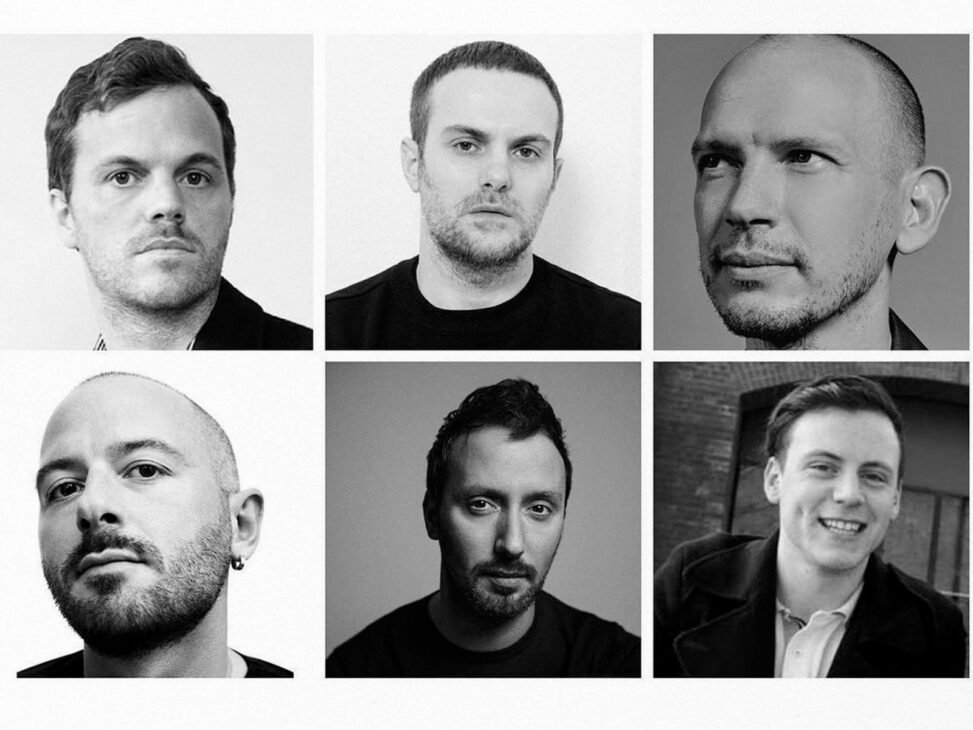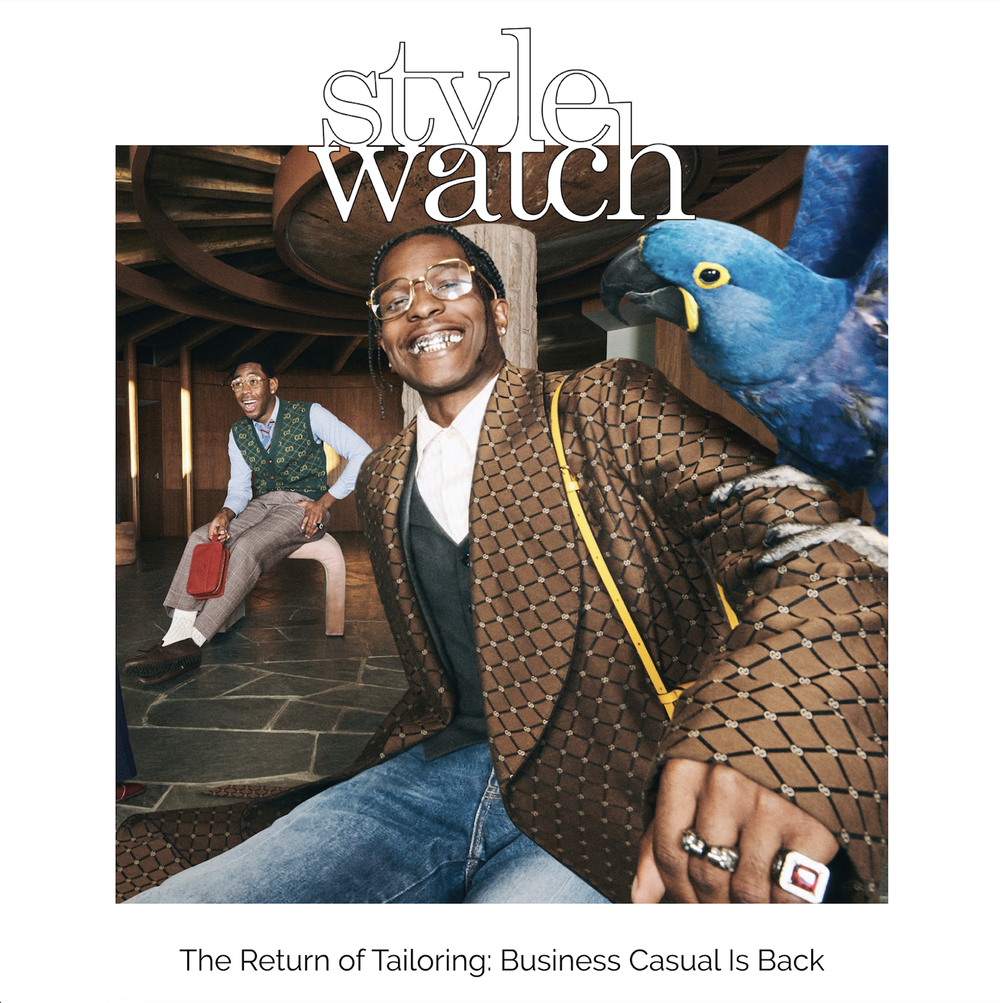“Women Dressing Women:” The Decline of Female Leadership in Fashion
Muccia Prada
When Sarah Burton stepped down as creative director of Alexander McQueen after 13 years, the fashion community didn’t have much time to mourn the loss before Kering announced who’d be her successor, Irish designer Seán McGirr, who has the qualifications and then some to succeed Burton. Like house founder Lee McQueen, he graduated from the famed Central Saint Martins in London before designing men’s collections for Uniqlo. He then dabbled in womenswear collections for Dries Van Noten and eventually became head of ready-to-wear at JW Anderson, his most recent position. Despite all this, people were enraged by Kering’s appointment. Why? Because it meant that all its creative directors were officially white men.
Kering Leadership
It’s worth mentioning that earlier this year, Kering appointed Italian designer Sabato de Sarno to replace Alessandro Michele at Gucci. If it weren’t enough that it missed that opportunity to increase female or racial representation, Kering poured salt into the wound by hiring McGirr and ridding itself completely of female creative directors.
It’s not just a matter of representation. There’s an unequivocal chemistry between female designers and their fanbases. I purposely chose the word “fanbases” to describe their clients because that’s exactly what they are: fans. Take Phoebe Philo, former head of Céline, for instance. After stepping down in 2017, she was off the radar until 2021 when she announced she would launch her namesake brand. Philo is lauded for her sartorial interpretation of the female gaze, having declared during her tenure at Céline, “My aim is to reveal and not to display women.” Her eponymous label will launch on October 30th, and her loyal “Philophiles” are sure to have already set their alarms.
Phoebe Philo
Another renowned female designer with a strong bond to her clients is Miuccia Prada. The Italian designer reimagined women’s fashion by introducing “ugly chic,” or the concept of mixing and matching colors and materials that are normally dismissed in fashion. By shifting the focus away from beauty, her designs challenged our opinions about what’s deemed “ugly,” or undesirable in fashion—paving the way for other sartorial rule breakers. As a result, she accrued a loyal fanbase of people who felt listened to, instead of being chastised, for what they liked to wear.
It's the legacies of female designers like Phoebe Philo and Miuccia Prada that’ll take center stage at the Metropolitan Museum of Art’s upcoming exhibit, “Women Dressing Women,” which opens on December 7th. Tracing the lineage of more than seventy womenswear designers, from French haute couture houses like Elsa Schiaparelli and Jeanne Lanvin to American makers like Isabel Toledo and Anne Lowe, it will also feature contemporary work by Iris Van Herpen, Simone Rocha, and Rei Kawakubo.
The Met’s exhibit couldn’t have come at a more appropriate time, but the issue of equal opportunity for male and female leadership isn’t new to the fashion industry. White men have a long history of projecting the “male gaze” onto women, ordering smaller waists, bigger busts, and higher heels with each passing year. Therefore, it’s up to us to take a stand against powerful groups like Kering and demand more diverse leaders who really “see” you.
Article by Meyme Nakash, Contributor, PhotoBook Magazine
Tearsheets by Alexa Dyer, Graphic Designer, PhotoBook Magazine








